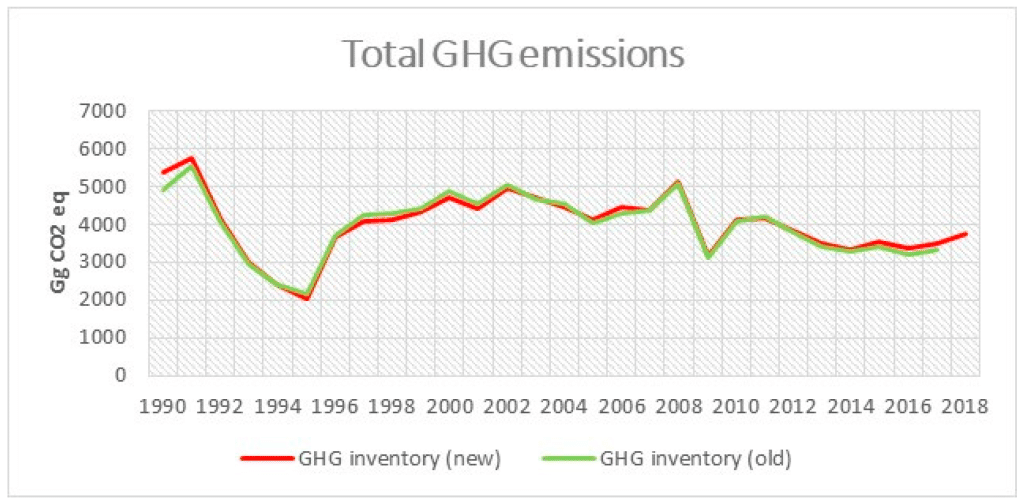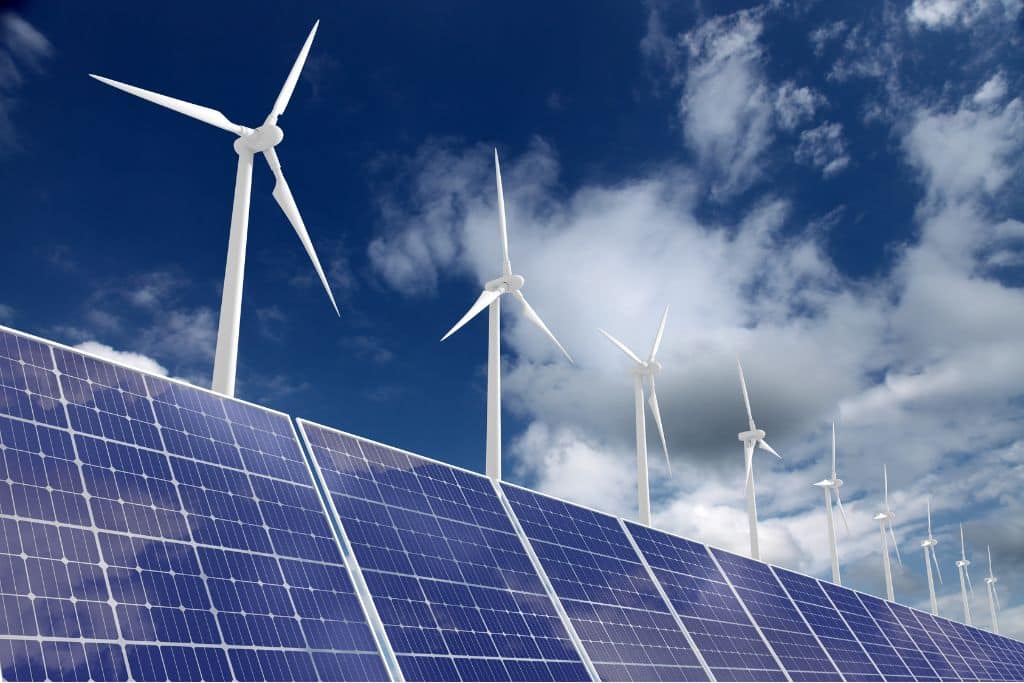In this article, we explore the European Union’s commitment to renewable energy and the rise of ‘prosumer’ economics, as well as the efficient land use and environmental impact of anaerobic digestion plants (ABPs) for renewable energy production. We will also examine a case study in Montenegro, highlighting the effectiveness of renewable energy investments in reducing greenhouse gas emissions and the pressing need for cost-effective emission reduction strategies within the energy sector.
—
Renewable energy refers to environmentally friendly sources of energy that can be naturally replenished. They have the advantage of causing minimal harm to the environment while producing electricity. Wind, solar, hydroelectric, and geothermal sources are examples of renewable sources that generate electricity. They are not only cleaner but also cheaper and easier to produce than any fossil fuel.
Although there are expenses associated with harnessing these resources, their affordability enables scientists and engineers to exploit them effectively and facilitate the green transition.
EU’s Drive Towards Renewable Energy and ‘Prosumer’ Economics
The 27-member bloc conducted financial evaluations of green projects to determine their feasibility. It looked at things like cash flow (how money moves in and out), payback time (when you make back your initial investment), net present value (what future money is worth today), and internal rate of return (how profitable the investment is).
The analysis, published in 2021, found that if regular electricity users start generating their own power using renewable sources, they can become so-called “prosumers”: individuals who both consume and produce their own electricity using renewable sources. This approach can contribute to energy savings by reducing the distance electricity must travel from power plants to homes. The profitability of becoming a prosumer depends on factors such as setup costs, the amount of power consumed at home, and the surplus power sold back to the grid.
ABP Land Efficiency and Environmental Impact Assessment
A decade ago, a team of researchers at the University of Montenegro collaborated with the Ministry of Transport and Maritime Affairs to create a mode to evaluate and enhance the land requirements of anaerobic digestion plants (ABPs) while simultaneously minimising their environmental footprint. This comprehensive model was tailored to account for the distinct land requirements linked to ABPs, ensuring efficient land utilisation in the process.
To gauge the efficiency of land use in ABPs, these were compared to other energy sources like photovoltaic panels, onshore wind systems, and thermal power stations. The analysis revealed that ABPs are relatively efficient in terms of land utilisation for energy production.
Beyond land use, the evaluation of ABPs extends to their broader environmental footprint. This assessment encompasses factors such as greenhouse gas emissions, consumption of non-renewable resources, and the potential impacts of ABPs on local communities and ecosystems.
Matching the right renewable energy system to your energy needs is essential for both cost savings and environmental benefits and ensuring this alignment is crucial to maximise the associated benefits of using renewable energy sources.
You might also like: Renewables Will Dominate World’s Electricity Demand Through 2025, IEA Report Says
Assessing GHG Reduction in Montenegro: Analysis and Limitations
The aforementioned 2021 analysis includes a case study in Montenegro which focuses on the country’s significant dependence on imported liquid and gaseous fossil fuels. This reliance is closely linked to Montenegro’s energy sector, which heavily utilises imported fossil fuels for energy production, resulting in substantial greenhouse gas emissions (GHGs), a primary contributor to global warming.

Montenegro has significantly bolstered its investments in renewable energy sources from 2016 to 2021, resulting in a remarkable 20% reduction in GHG emissions. These notable achievements are particularly prominent within the energy sector. Currently, renewable energy sources contribute to around 35% of Montenegro’s overall energy production. Moreover, the nation has strategically crafted and implemented various initiatives aimed at elevating energy efficiency and curbing emissions, reinforcing its commitment to a sustainable and eco-friendly future.
To assess the economic feasibility of GHG reduction measures, the scientists behind the study conducted an economic analysis. Using a dataset spanning a decade, they calculated the present value of monetary units. Key economic indicators, such as net present value and benefit-cost ratio, were employed to evaluate the cost-effectiveness of various measures.
The analysis underscores the substantial positive impact of implementing economic and structural changes within the metal industry. These changes likely encompass improvements in energy efficiency, emissions reductions from industrial processes, and a potential transition to cleaner energy sources within the metal industry. As a result, emissions associated with this sector have significantly decreased, making a substantial contribution to the overall reduction in greenhouse gas emissions. However, the study also emphasises a crucial point: there is a pressing need for further greenhouse gas emissions reductions, particularly within the energy sector. This indicates that while progress has been made in the metal industry, there is still a need for additional emissions reductions at a broader scale, which may encompass the entire country or even global efforts.
This might involve a shift towards cleaner and more sustainable energy sources, enhanced energy efficiency practices, and the implementation of policies promoting renewable energy generation.
The study does have limitations, notably regarding the accuracy of investment cost estimates for certain measures. Future research should include cluster analysis to group measures based on their emissions impact. Additionally, addressing data limitations and conducting more precise analyses in specific areas of the research is essential.
Conclusion
Renewable energy resources offer an environmentally friendly and cost-effective solution for cleaner electricity generation. The efficient land use in (ABPs) for renewable energy production is a promising aspect, as ABPs demonstrate relatively low land requirements compared to other energy sources. However, it is crucial to assess their broader environmental impact, including greenhouse gas emissions and community effects.
The case study in Montenegro highlights the effectiveness of renewable energy investments in reducing emissions, emphasising the need for cost-effective emission reduction strategies in the energy sector. Despite study limitations, these findings underscore the importance of advancing cleaner and sustainable energy systems globally, balancing power needs with environmental preservation.
You might also like: 7 Interesting Renewable Energy Facts


















